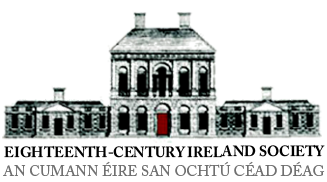Type: Article
Mac Craith, Mícheál. ‘Fingal: eipic thosaigh James Macpherson’, Eighteenth-century Ireland/Iris an dá chultúr, Vol. 12 (1997), pp 77-86.
In this article (which is in Irish), Mac Craith considers the vexed question of vernacular Gaelic influence on the pseudo-epic poetry of James MacPherson, especially on Fingal (1761). The author considers the work of other scholars, Donald Meek and Derek Thomson in particular, who have suggested the medieval Irish tale Cath Fionntrágha (The battle of Ventry) as a possible source; Mac Craith goes on to draw particular attention to the ballad Turus Fhinn go Lochlann (Finns journey to Norway) which provides material for one of the central episodes in Fingal, the story of Agendecca. He also points to the fact that this passage could be seen to contain a political message which would have been well understood in intellectual circles in Edinburgh in the late 1750s and early 1760s. MacPherson and his associates were non-Jacobite Scottish patriots who would have seen in the benign militarism of the epic the portrayal of an ideal; loyal local militia. Since the Cath Fionntrágha is known to have been used as a vehicle for contemporary political propaganda, it is likely that MacPherson would have been similarly drawn to use native sources for his epic to address the aspirations of his intellectual cohort during this troubled period.
